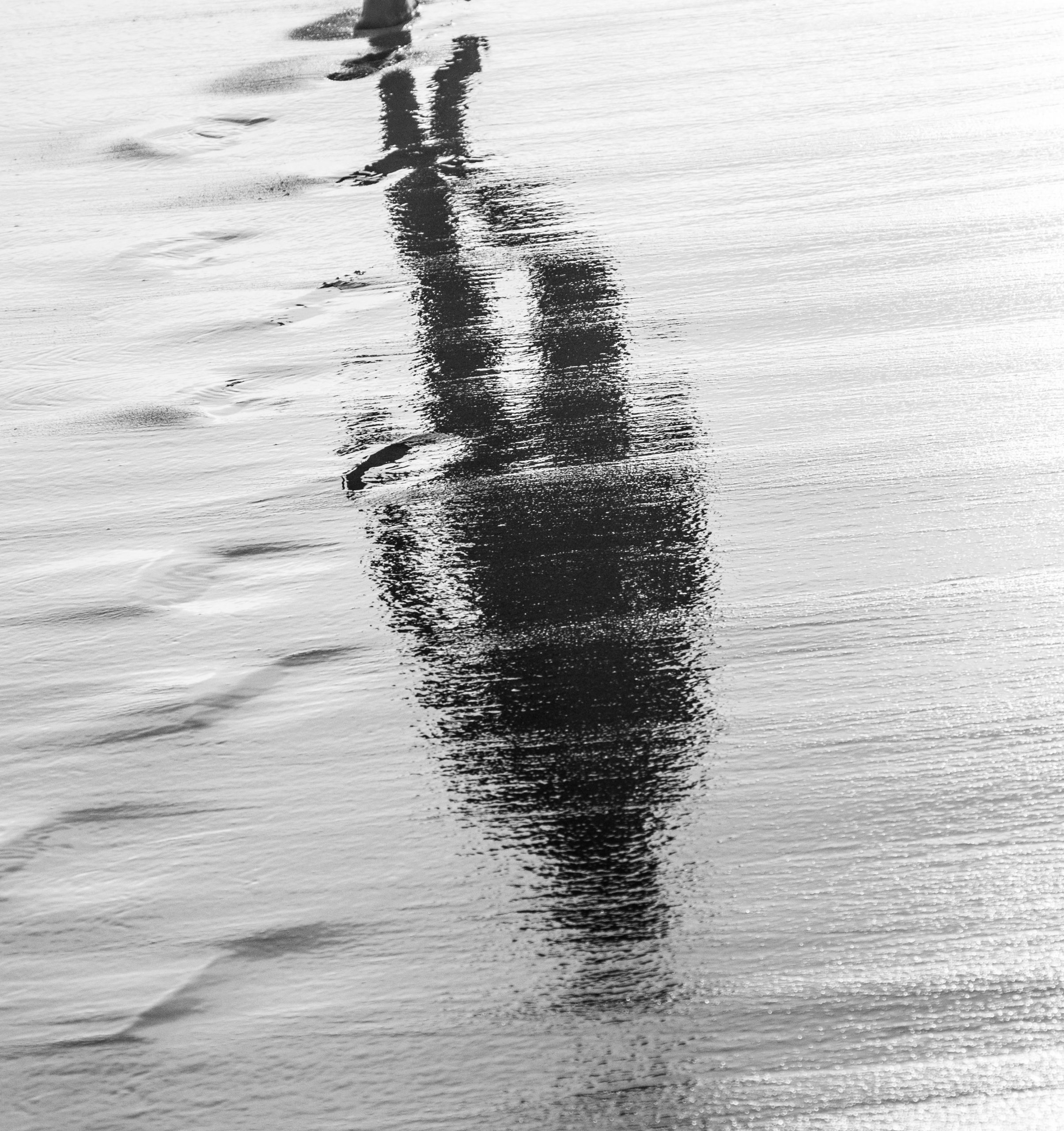Notwithstanding the importance of walking in producing ethnographic data, the process itself is often overlooked in final accounts. As Ingold and Vergunst write, “ethnographers…are accustomed to carrying out much of their work on foot [yet] it is rare to find ethnography that reflects on walking itself” (2008, 3). Attention to the process of walking—and moving more generally—and the dialectic between interpretation and space has much to offer ethnographic accounts. Following Clifford and Marcus’ critiques in ‘Writing Culture’, reflecting on the process of walking—as a strategy for observation and familiarization—can serve to highlight ethnographic data as “created” rather than “discovered” (Minkkinen 2022, 355) and to situate the author in the account. These methodological techniques call attention to the “partial truths” and “complex encounters” that make up ethnographic accounts (Clifford & Marcus 1986), they lend greater transparency over processes of interpretation, and mitigate the risks of attempted objective representations. This reflexivity acknowledges the “production” of ethnographic data as a kind of a collision between the author and the “object” of study to adopt a more critical awareness of the risks inherent to studying, cognizing, interpreting, and representing the life of others.

Reflection of walking. © Tomas Castelazo, www.tomascastelazo.com / Wikimedia Commons. Image’s Source.
Constantly subject to chance encounters, the methodical, routine act of walking is also paradoxically unpredictable. Spontaneity of the kind that often characterizes a walk is in fact a key advantage to ethnography (Moretti 2016, 81). It opens the subject, or ethnographer up to the kinds of interruptions and contingencies that make for stronger and more nuanced ethnographic accounts. It is the unexpected, inexplicable features that elude generalizations about a place or people which makes the methods of ethnography important. The capacity to attend to and highlight these aspects reveals a key methodological strength.
The pedestrian is subject to uncertainty, unpredictability, and other eyes, contingencies that are always present in ethnographic research but rendered particularly salient by public pedestrian life. Both the spontaneity and intersubjectivity of walking entails being touched back by one’s surroundings, bringing this sense to light in final accounts is methodologically and theoretically valuable. Again, critical (self)reflections that situate the author in the account call attention to the production of ethnographic knowledge, in de-stabilizing epistemic authority they provide more open and constructive places for critical discussion.
Movement inevitably also calls on a broader range of senses. Ethnographies are always already ‘embodied’, movement simply invites more expansive sensory engagement to unearth new dimensions of both place and people. Focus and reflection on this wider repertoire of perception enriches ethnographic accounts to account for dimensions beyond text-centered expressions. By offering multiple forms of possible engagement, this process is also conducive towards the aim of making academic work more accessible and reaching a wider readership.
WORKS CITED
- Appadurai, Arjun. 1996. Modernity at Large: Cultural Dimensions of Globalization. Minneapolis: University of Minnesota Press.
- Benjamin, Walter. (1882-1940) (1982 ed.). The Arcades Project. The Belknap Press of Havard University Press.
- Clifford, James., & Marcus, George. (1986). Writing Culture: The Poetics and Politics of Ethnography. Berkeley, CA: University of California Press.
- Debord, Guy. (1956). Theory of the Dérive. Internationale Situationniste.
- Minkkinen, Panu. (2022). Ethnography in Motion, or Walking With WG Sebald. Social & Legal Studies, 31(3), 347-364. https://doi.org/10.1177/09646639211027338
- Moretti, Christina. (2016). Walking. Chapter 4 from Elliot, D. & Culhane, D. A Different Kind of Ethnography: Imaginative Practices and Creative Methodologies. University of Toronto Press.
- Vergunst, Jo Lee., & Ingold, Tim. (2008). Ways of Walking: Ethnography and Practice on Foot Routledge. https://doi.org/10.4324/9781315234250